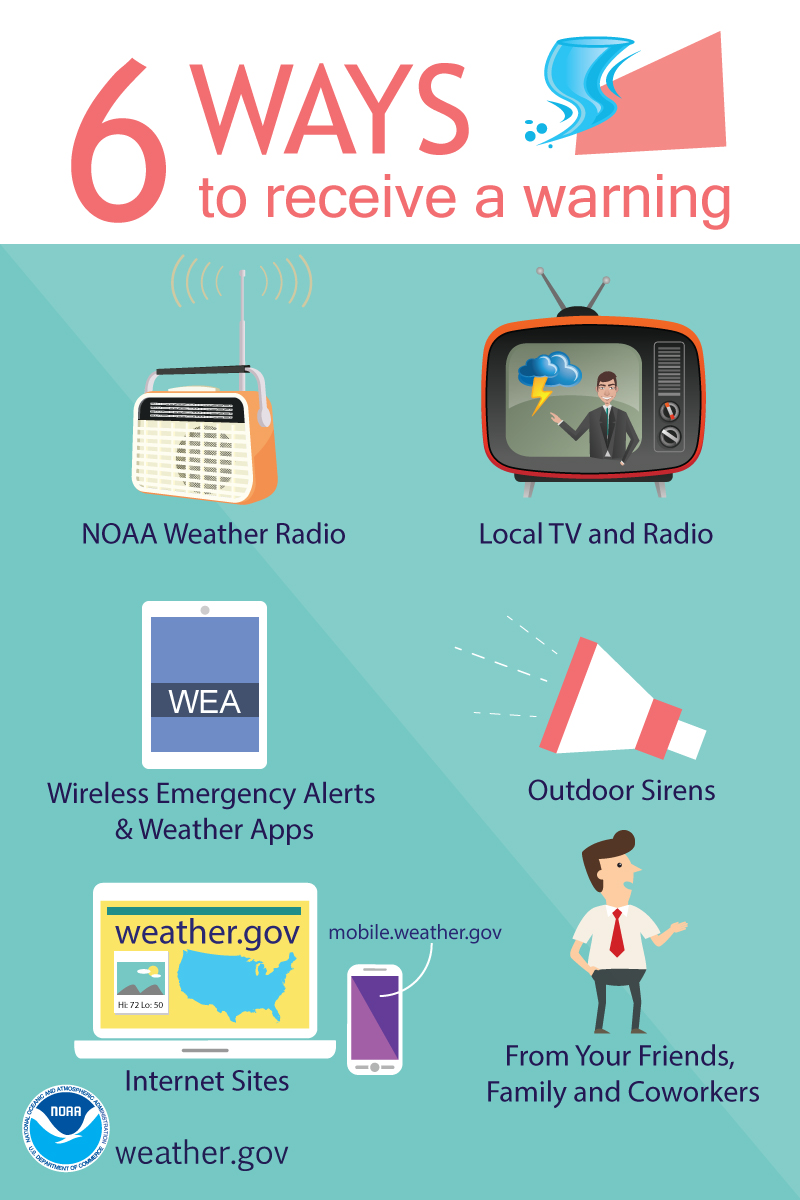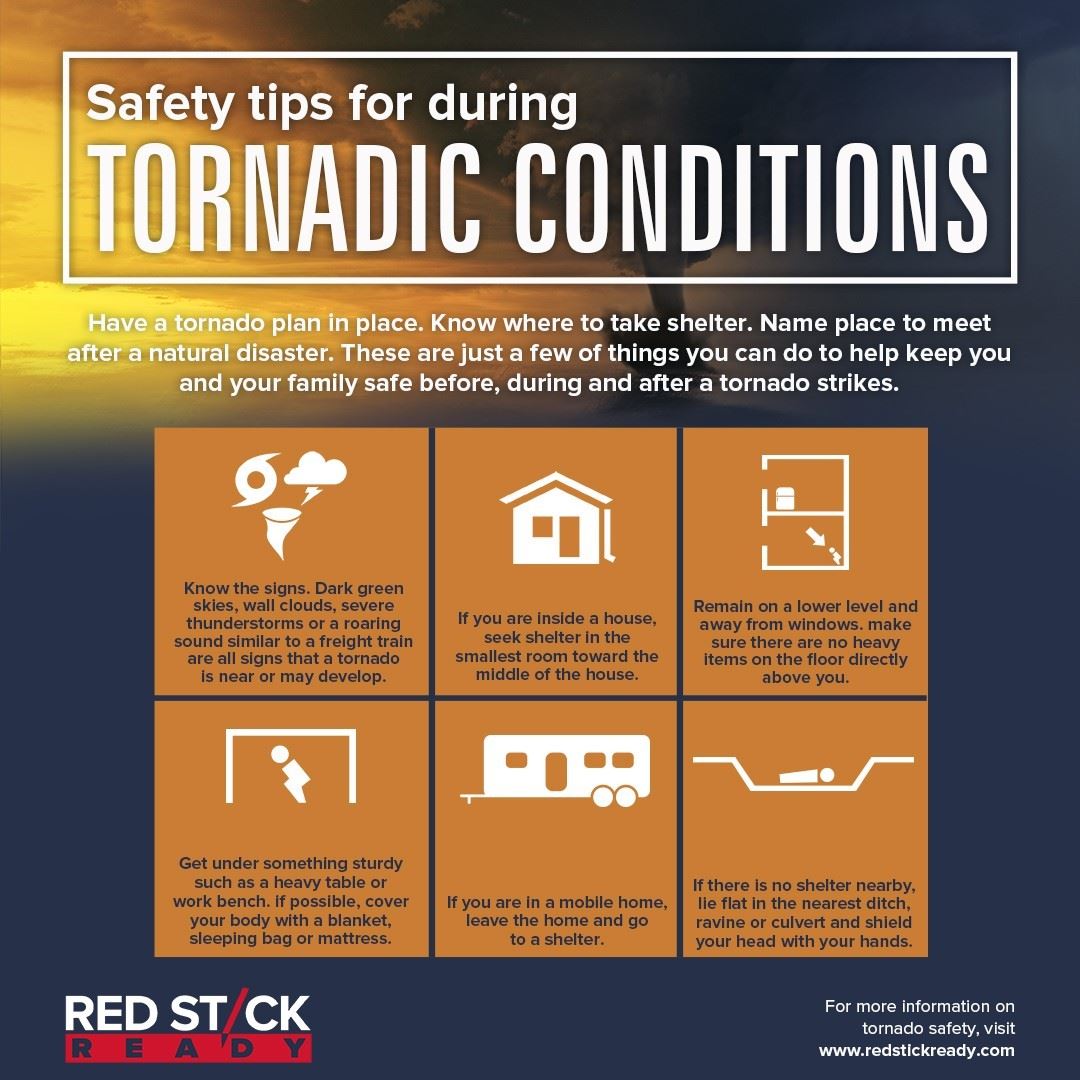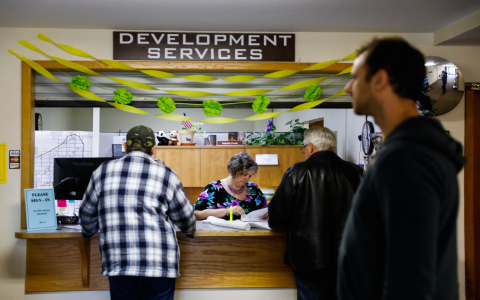Alright, let me tell you what I actually do when the weather forecast starts looking really nasty. It’s not some fancy checklist I downloaded, it’s just stuff I’ve learned the hard way over the years, especially after that big ice storm we had a while back. Caught a lot of folks off guard, that one.

Getting Ready Before It Hits
So, first sign of trouble, maybe a few days out, I start getting my act together. I don’t wait until the last minute. Panic buying is useless.
- I head straight to the basement and pantry. Check what canned food I have. Stuff that doesn’t need cooking is best if the power goes out. Beans, tuna, peanut butter, crackers – that kind of thing.
- Water’s next. I fill up a few big jugs with tap water, just in case. Also make sure I have a case or two of bottled water tucked away. You need more than you think.
- Then I find all my flashlights. Every single one. Check the batteries, replace any dead ones. I keep a big pack of spare batteries, always. Learned that lesson when my main flashlight died mid-storm once. Not fun.
- Got a portable battery radio? Good. Check its batteries too. You need a way to get news if the power and internet are down.
- I make sure my phone and any power banks are fully charged. Keep charging them right up until the power flickers.
- If it’s winter and freezing temps are coming, I find all the extra blankets and sleeping bags. Layering clothes is key too.
- Outside, I take a quick look around. Bring in anything that could blow away – garbage cans, patio furniture, garden gnomes, you name it. Secure anything I can’t bring in. Trimmed any obviously dead branches hanging over the house last fall, thank goodness.
Riding Out the Storm
Okay, so the storm hits. Wind’s howling, rain’s lashing, maybe the power goes out. First thing I do? Stay inside! Seriously, don’t go sightseeing.
If the power cuts, I usually unplug my big electronics like the TV and computer. Heard stories about power surges when it comes back on. Not risking my gear.
I use the flashlights, obviously. Try not to use candles much, too much fire risk. If it’s cold, we bundle up. Everyone gets layers and blankets. We usually hang out in one main room to keep body heat concentrated.
I keep listening to that battery radio for updates. Don’t rely on your phone too much unless you have power banks – save the battery for emergencies.

I try to keep calm. Panicking doesn’t help anyone. We play card games, read books (with flashlights!), tell stories. Just pass the time.
If I have neighbors, especially elderly ones, I might give them a quick call (if phones work) just to check in before things get too bad, or maybe after if it seems safe. But during the peak? I stay put.
After It’s Over
Once things calm down, I carefully check outside for damage. Look for downed power lines – stay far away from those! Seriously dangerous. Check the roof, windows, trees.
Clean up is usually the next step. Picking up debris, maybe helping a neighbor if they need it and I can do it safely.
The biggest thing I’ve learned? Being prepared beforehand makes all the difference. It’s not about fancy survival gear. It’s about having basics like water, food, light, and warmth sorted out before you need them. Takes away a lot of the stress when things actually go sideways. Just doing these simple things has gotten me through some pretty rough weather without too much drama.










